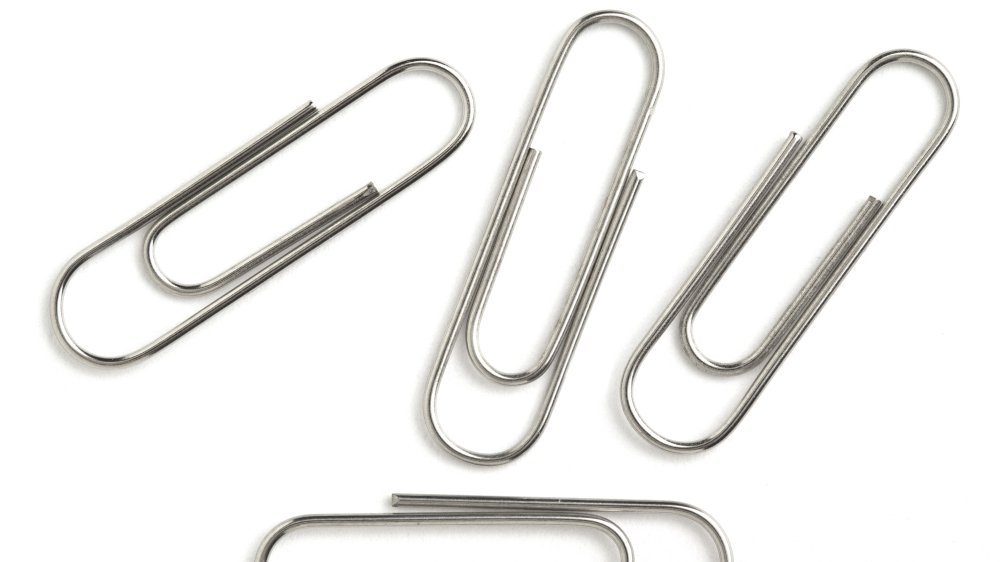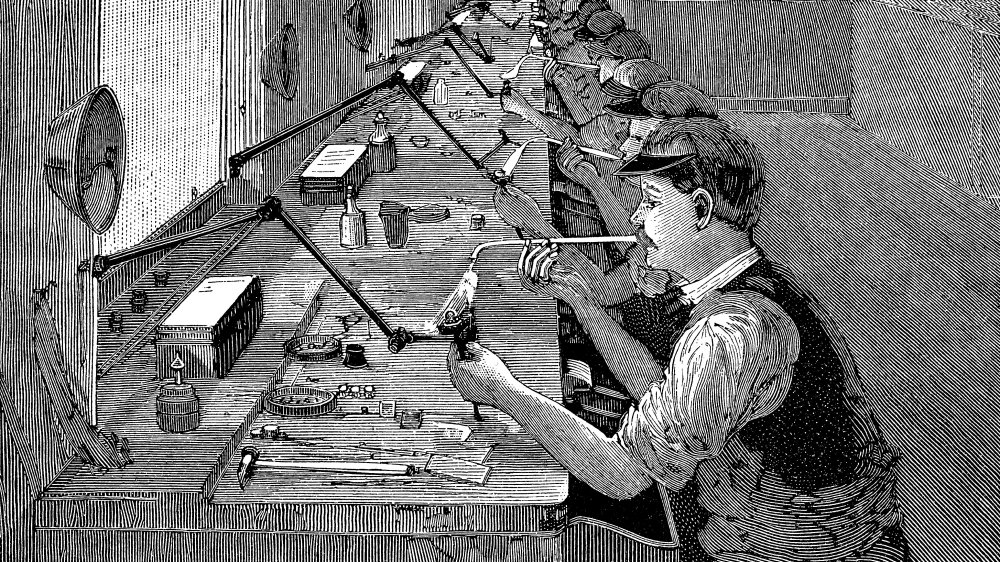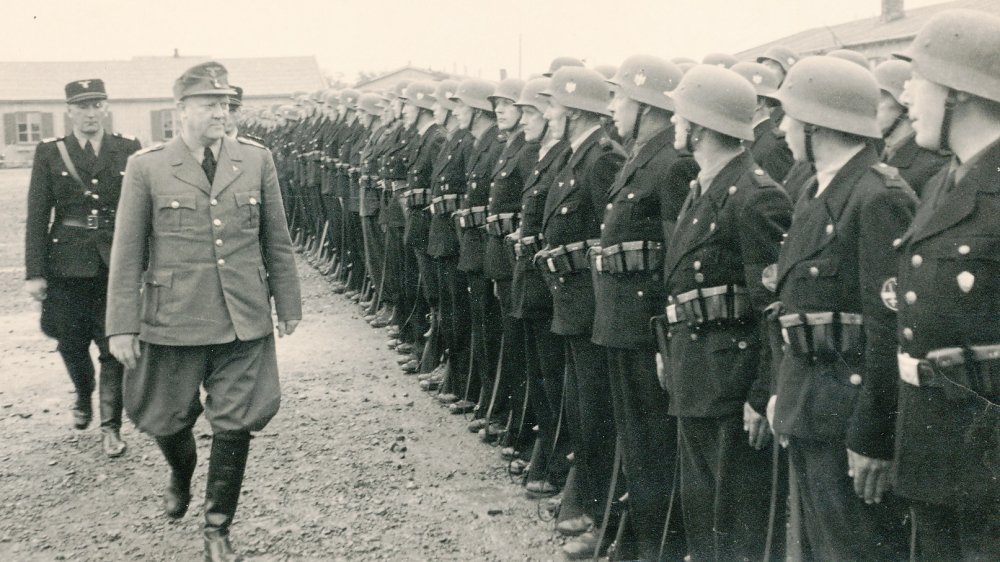The Origins Of The Humble Paperclip Will Surprise You
It's a small, ubiquitous little tool, so common and unassuming that it's easy to take it for granted. But for all its many uses, the paperclip is actually a relatively recent invention. The humble item that now litters almost every office desk drawer in America only came into popular usage around the mid-19th century.
Long before people used small twisted metal to hold their papers together, documents were bound together with strips of waxed ribbons. This method was used from at least the 13th century, all the way up until the 1800s. In 1899, an inventor named Johan Vaale patented the invention of "a spring material, such as a piece of wire, that is bent to a rectangular, triangular, or otherwise shaped hoop, the end parts of which wire piece form members or tongues lying side by side in contrary directions," via ThoughtCo. Vaale was Norwegian, but he received his first patent in Germany in 1899, since Norway had no patent laws. Vaale received an American patent in 1901.
The paper clip had multiple designs
While Vaale may have received the first European patent, and is commonly credited as the inventor of the paperclip, however, a version of the bent silver binding pin had already been in use in America for years. Vaale's design was preceded by the Gem paperclip, which had been in use since at least the early 1890s, according to the Early Office Museum. The Gem clip was never patented, although their usage was very common in the late 19th century.
An even earlier model had been patented in 1867 by Samuel B. Fay, who initially used it for fastening tickets to fabrics, but others quickly realized it could be used to bind other items to each other, including sheets of paper. In 1900, an American inventor named Cornelius J. Brosnan had already received an American patent for the konaclip, a tool with a similar shape to the modern paper clip.
Prior to the invention of the twisted silver clips, straight iron pins had been manufactured and mass produced in New York, modified to fasten sheets of paper together. According to Slate, in 1855, mass-produced steel took the place of iron. Steel pins quickly became a convenient replacement because it was much more malleable than stiff iron pins, and they were not as prone to rusting. They could easily be molded and twisted into useful shapes, which made it an effective tool for holding newspapers, tickets, cards, and other documents without catching, tearing, or getting tangled.
Paper clips were a sign of rebellion
Throughout history, the humble paperclip has held other significant roles. Paper clips served as a symbol of resistance for Norwegians during the Nazi occupation of the country in World War II. Following the exile of the Norwegian King Haakon VII, the country fell to Nazi Germany. While living under Nazi occupation, ordinary Norwegian citizens would display paperclips on their clothing as a symbol of their resistance to Germany's occupation, per ThoughtCo. The paperclips recalled Norwegian's national pride, and symbolized their solidarity and unity in the face of oppression. They were soon banned by Nazi authorities, and any Norwegian citizens caught wearing one risked facing serious punishment.
These days, the paperclip can be used for everything from picking locks and resetting electronic devices, to repairing zippers and hanging home decor. This humble piece of bent metal has so many practical uses that Americans even commemorate the invention on National Paperclip Day, every May 29, per the Orlando Sentinel.


